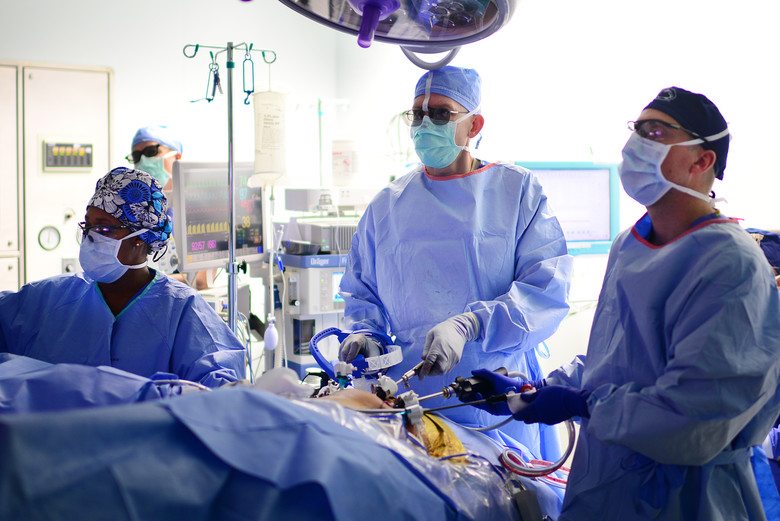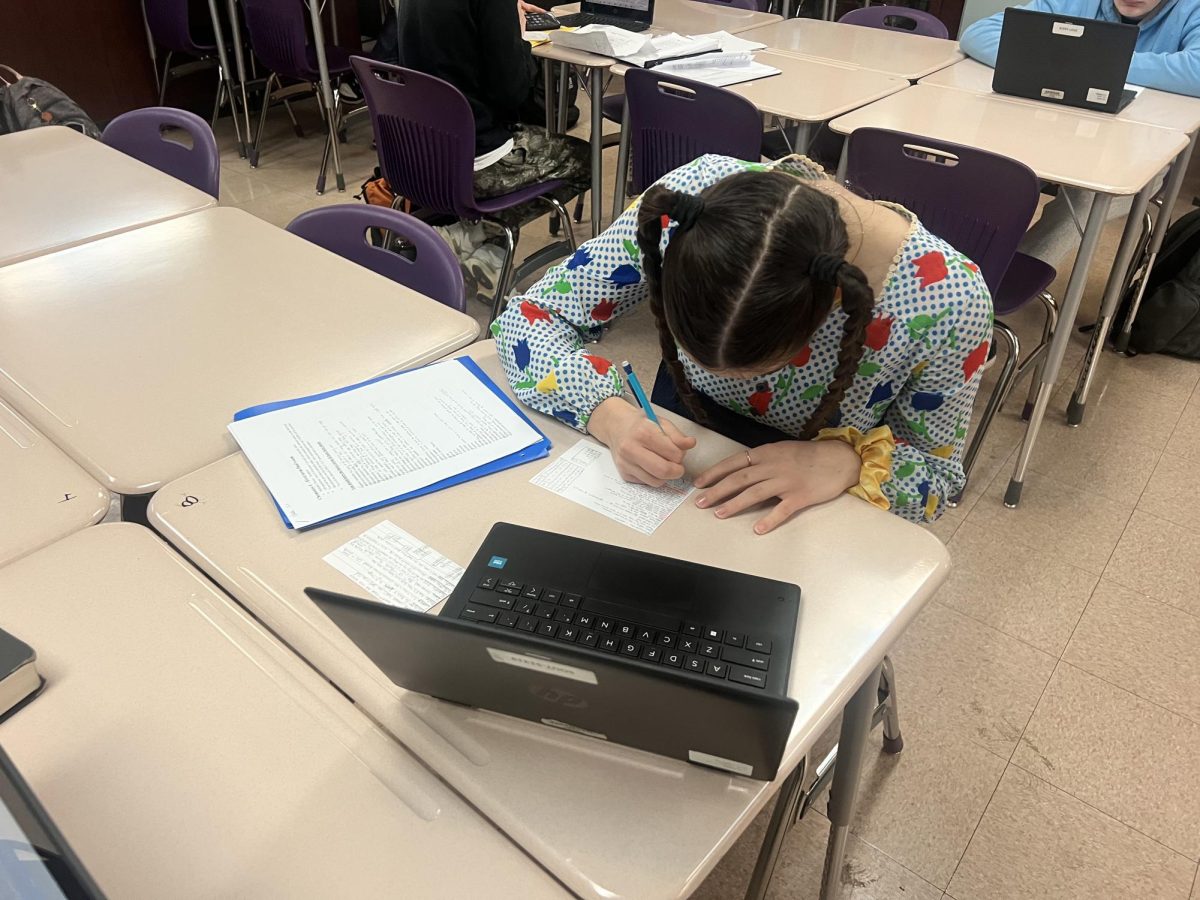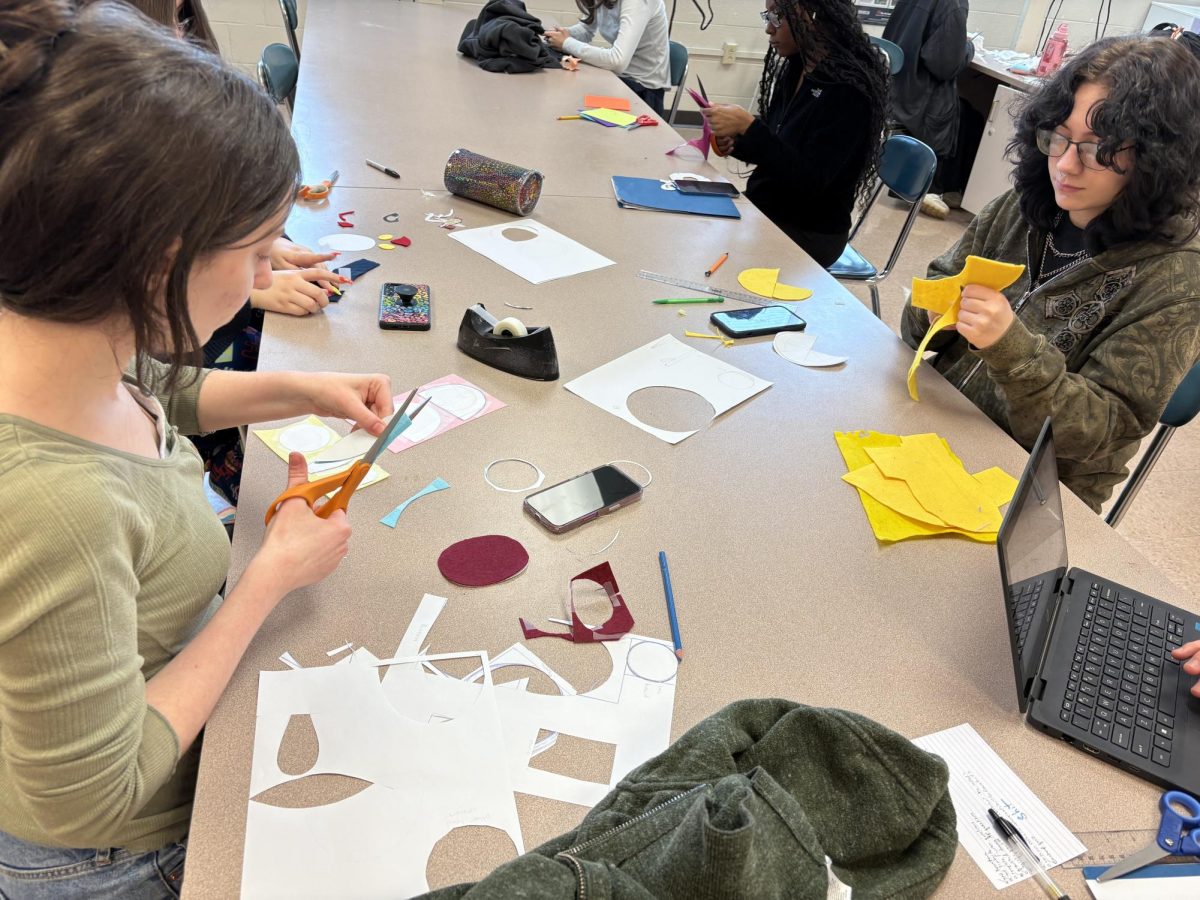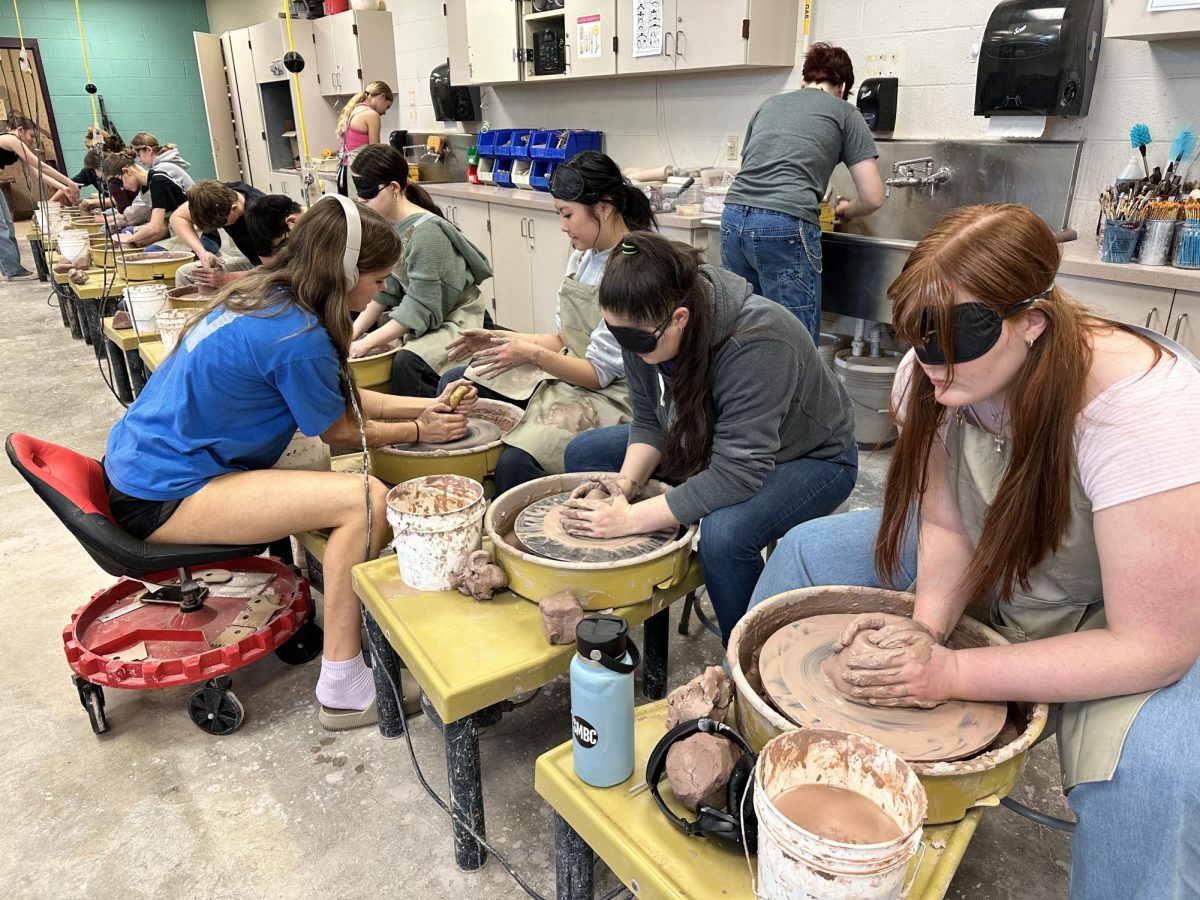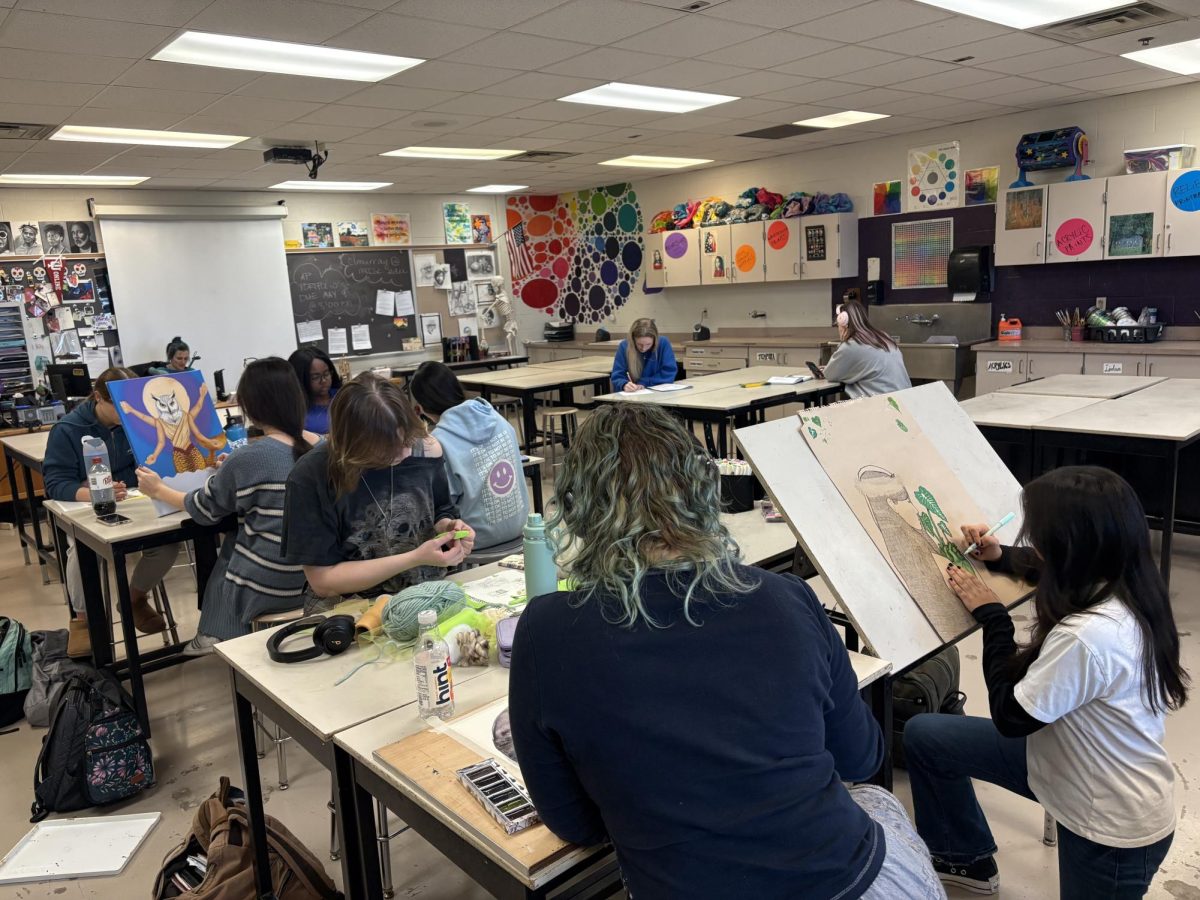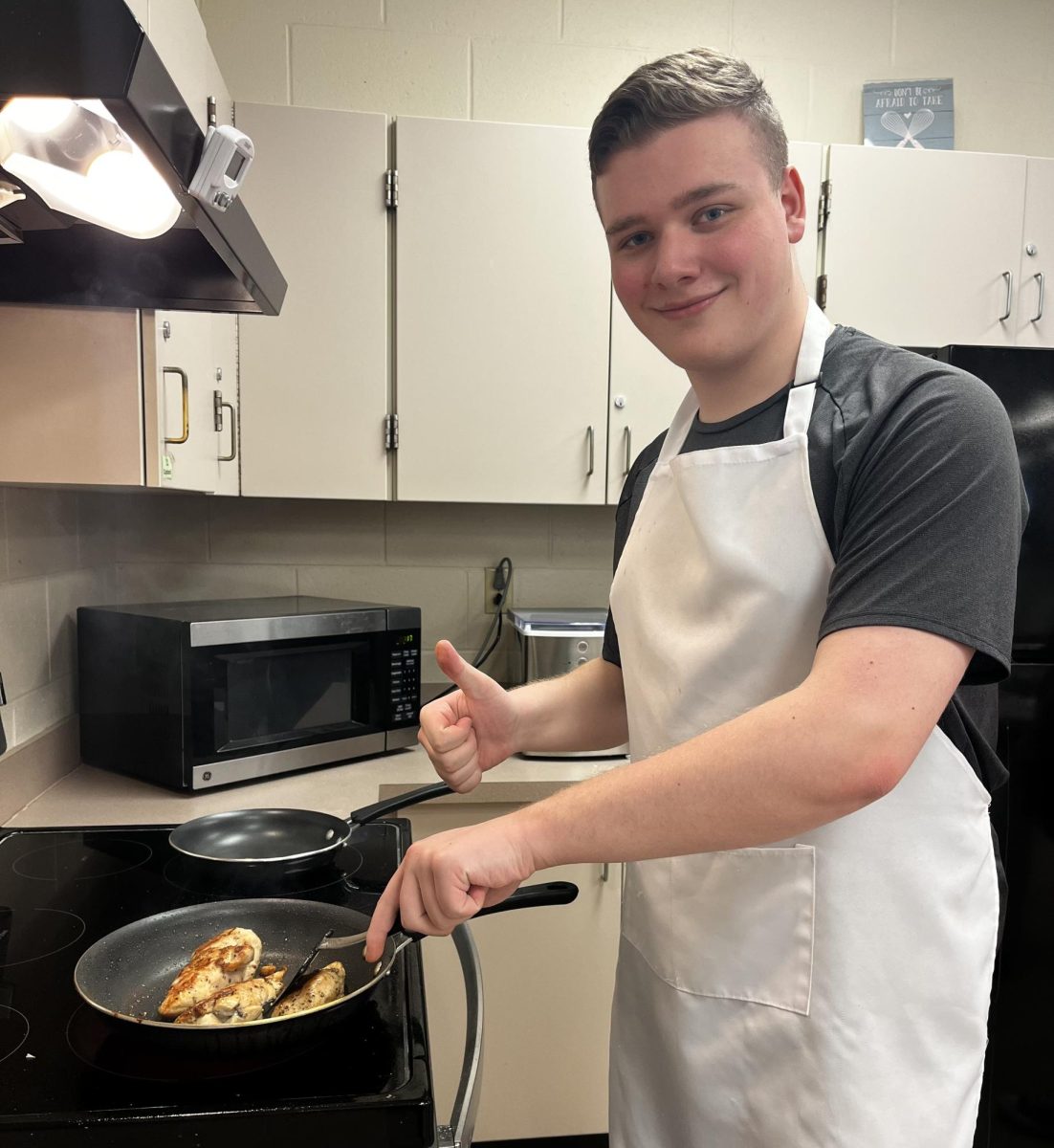On Jan. 8, students in South’s Anatomy and Physiology classes went on a trip to various labs at IU. Although we visited three different labs ranging from nursing simulations to cardiac physiology, there was one lab that us students were the most exciting and anxious about: the anatomy lab, featuring two human cadavers.
A cadaver, simply defined, is a corpse. Yes, a corpse. The dead body is used for educational purposes to help teach students in various areas– medical school, nursing school, anatomy and physiology classes– about the structures of the human body.
On the day of the field trip, Angelia Floyd, South’s anatomy and physiology teacher, warned us that the cadavers would still show signs of life, particularly painted fingernails on women. It had deeply disturbed some students in the past. If we were dizzy, there were places to sit down. We were warned that we needed to keep our knees loose just in case we passed out.
To say that I was terrified is an understatement. I knew that the warnings were necessary, but I was starting to wonder how important it was for me to see this dead body if it was so scary. Weren’t diagrams on the internet sufficient?
When I finally arrived at the cadaver itself, my heart was beating out of my chest. I always considered myself strong-willed when it came to looking at typically “disgusting” images. As an anatomy and physiology student for one and half trimesters, I was used to seeing slightly grotesque pictures of conditions like meningitis and chicken pox. I was never too squeamish when it came to blood or rashes; nothing was ever that bad. However, I never saw a dead body lying on a table right in front of my eyes.
I took a deep breath and walked up to the table. Honestly, I wasn’t dizzy at all. The interesting thing about cadavers is that it’s made to sound much worse than it really is. The body was a dark brown color due to the dried blood, and the nerves and internal organs were a darker white and yellow color. It looked like every lifelike model seen in any textbook or website. I didn’t have to distract myself, and I didn’t need to be afraid. All the students felt that. After a tour of the cadaver, we all donned gloves and felt the nerves, skin, and muscles of a person long gone. Taking it all in, I realized that everything I had spent hours and hours studying, everything I went to the doctor for, was finally visible. I almost knew myself a little bit better.
The experience was surreal. I couldn’t believe that a group of high school anatomy-lovers saw a dead body, got up close and personal with it, and didn’t feel a hint of apprehension. Everybody was smiling, excited to see everything that a body had. I personally had a really cool time checking out the cadaver. However, I know this is only because I happen to have a lot of passion for human anatomy and physiology.
Despite that, I believe that every person, no matter how squeamish they are, should take some time to learn more about how human beings work, whether they brave the world of cadavers, plastic models, or diagrams. No matter how gross we think they are, when push comes to shove, human bodies are what we are and what allow us to pursue our best lives. Who knows? When you learn more, maybe you’ll feel more intrigued than nauseous.
